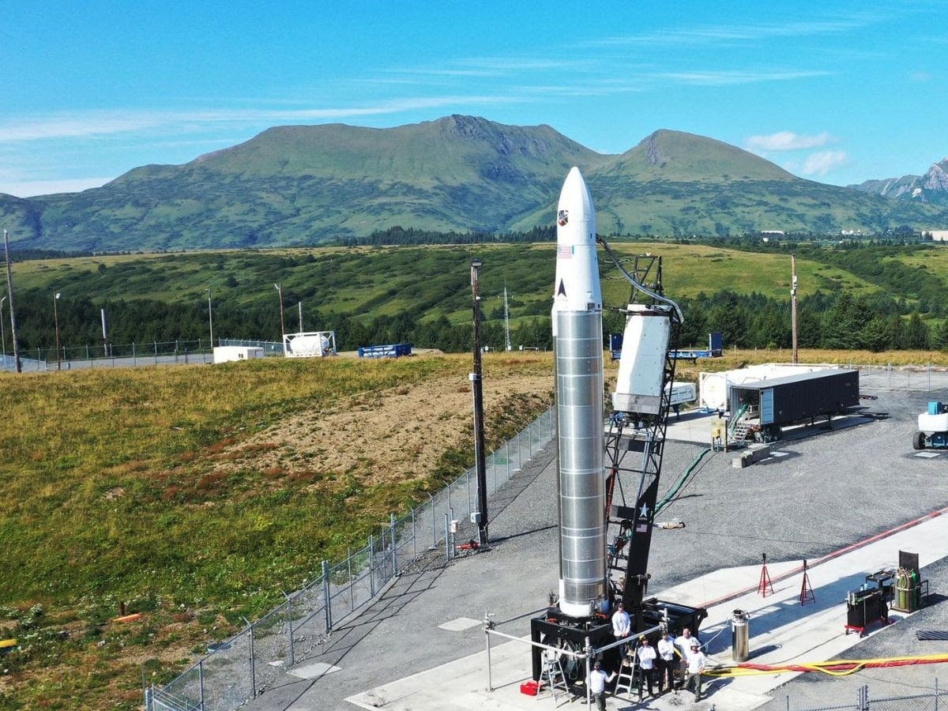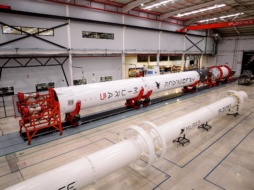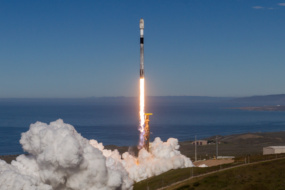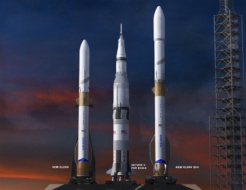Yesterday, Astra gave the space community—and its investors—a twofer.
- The small rocket company has set a date for its next launch attempt: Oct. 27–31 (or Nov. 7–12, if needed). LV0007, Astra’s seventh rocket, will carry a test payload for the US Space Force and launch from Kodiak, Alaska.
- Astra offered up an explanation of what went wrong with LV0006, its last launch attempt: A propellant leak disabled one of the rocket’s five first-stage engines.
Rewind to LV0006: In August, Astra’s first commercial launch flight failed after one of its engines shut off on the launch pad. The rocket initially drifted sideways, before gradually gaining momentum and moving up and away from the Alaska coast. The flight was terminated ~2.5 minutes after liftoff. Like its successor, LV0006 was carrying a US Space Force test payload.
Rewind the tapes even more: In December, Astra’s LV0005 rocket passed the Karman line. The rocket was just short of hitting orbital velocity, running out of fuel moments too early.
Astra CEO Chris Kemp welcomed the December mission as a nice Christmas surprise. Kemp, formerly CTO of NASA, started Astra five years ago with the goal of creating mass-produced vehicles that could launch virtually anytime, anywhere.
- The three zeroes in Astra’s current rocket name is an ambitious indicator of how many missions it hopes to eventually fly: 300/year by 2025.
Make or break? Astra went public via SPAC in July. While the merger provided more runway for the company, the vicissitudes and volatility of the public markets make Astra’s valuation especially sensitive to each launch attempt.
Investors seem cautiously optimistic. Astra’s stock closed up 11+% yesterday, though $ASTR is still down more than 30% since its debut. To sum things up, there’s more than just a test payload riding on LV0007.




